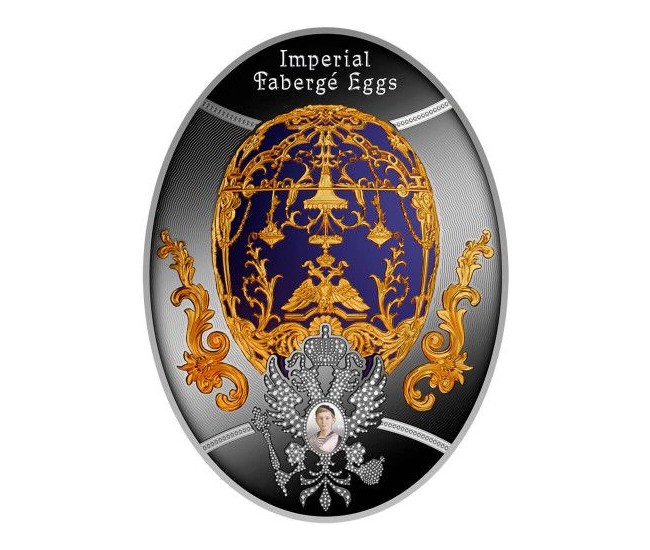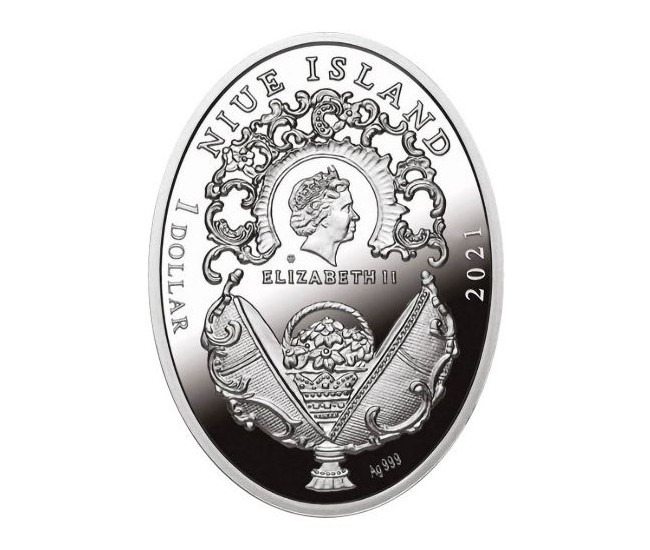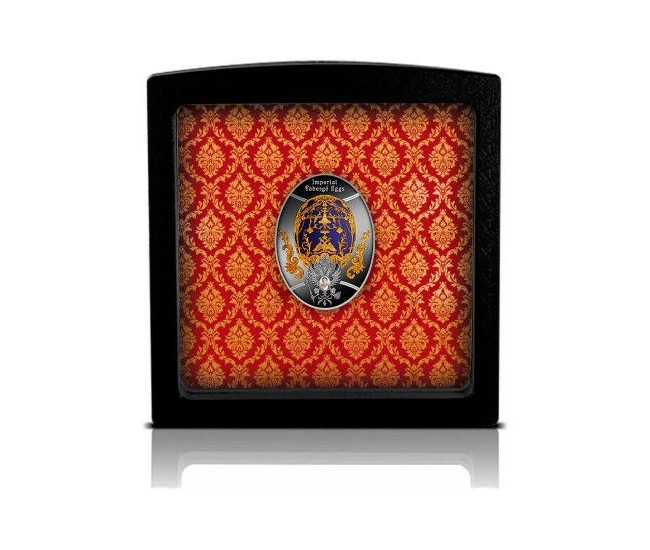Why choose the GOLD PREMIUM package?
- Full control over your entire collection,
- Not just one, but multiple investment portfolios, where I can allocate products of a specific type,
- Expansion of the collection by more than 5 items,
- The ability to send and receive messages from other users,
- Comprehensive real-time collection statistics,
- Discounts and promotional codes in numismatic shops.
Instant transfer
After making a payment using instant transfer, your Premium Account will be automatically activated upon confirmation of the payment.
Traditional bank transfer
For traditional bank transfer, if you choose this method, the activation of the Premium Account will occur within three days from the funds being credited to our bank account.
Payments are handled by:



 english
english





